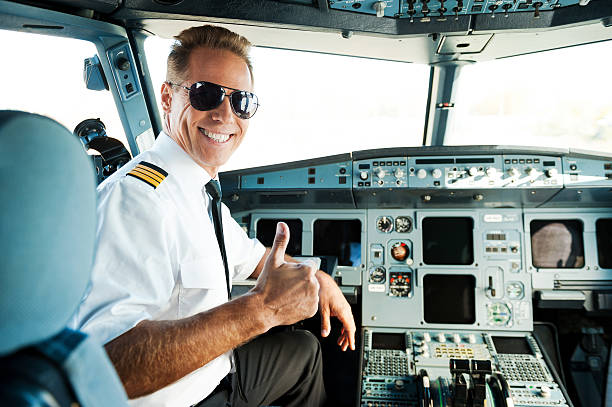To the average traveler, it may seem almost magical that a 1,000+ ton metal tube loaded with fuel, passengers, and jet engines can soar into the sky. Yet commercial and private planes perform this feat thousands of times a day, ensuring safe passage across entire continents and oceans. Despite the reliability of modern air travel, nervousness remains common—often fueled by uncertainty. That’s why aviation professionals are happy to answer common airplane questions, helping demystify the flying experience.
Pilots at corporate air charters and commercial airlines often share these answers to make the flying experience less intimidating and more transparent for passengers. And while some inquiries focus on the mechanics of flight, others are a bit more surprising. Here are a few favorite frequently asked questions—answered.
Do Planes Have Cameras in the Cabin or Bathrooms?
Commercial and charter aircraft often have security cameras installed near the cockpit and forward galley, primarily for safety reasons. However, federal laws prohibit any cameras in the aircraft lavatories to protect passengers’ privacy. So, while general surveillance exists, personal spaces like bathrooms remain off-limits.
How Do Flight Attendants Deliver Drinks If the Cockpit Is Sealed?
The cockpit isn’t permanently locked. Commercial aircraft have a secure entry system that includes a keypad accessible only to authorized crew members. When a flight attendant needs to enter, they use this code, but the pilot inside must manually allow access. A one-minute delay provides the pilot time to assess any risks through a cockpit camera before unlocking the door. This system ensures both security and convenience, especially for delivering drinks or managing emergencies.
How Long Do the Oxygen Masks Last?
In the rare event of a sudden cabin depressurization, oxygen masks deploy automatically. These masks provide around 12 to 15 minutes of oxygen, which is more than enough time for the aircraft to descend to a breathable altitude. Hypoxia is a serious concern, but commercial jets are designed to address it quickly and efficiently.
How Do Airplanes Take Off?
One of the most common airplane questions, takeoff involves lift generated by airflow. As the aircraft accelerates down the runway, air moves over and under the wings. When enough speed is achieved, the wings produce lift that exceeds the aircraft’s weight, allowing it to leave the ground. This process is guided by intricate engineering—but that’s the simplified version.
Which Is Easier: Control Column or Side Stick?
This comes down to personal preference. The control column (or yoke) is more traditional and offers a hands-on, tactile flying experience. Side sticks, commonly found in Airbus aircraft, are more modern and intuitive for some pilots. Both are effective—it’s just a matter of comfort and familiarity.
Can Pilots Have Beards?
Interestingly, the answer is often no. While not always strictly enforced, many airlines discourage beards because they can interfere with the airtight seal of oxygen masks. Since pilots must be able to use these masks effectively during emergencies, facial hair that prevents a proper fit is generally not allowed.
The Value of Curiosity
Whether flying commercial or booking a private charter, passengers often feel more comfortable when they understand what’s happening behind the scenes. By addressing these common airplane questions, aviation professionals help take the mystery out of flying and replace it with confidence and peace of mind.

